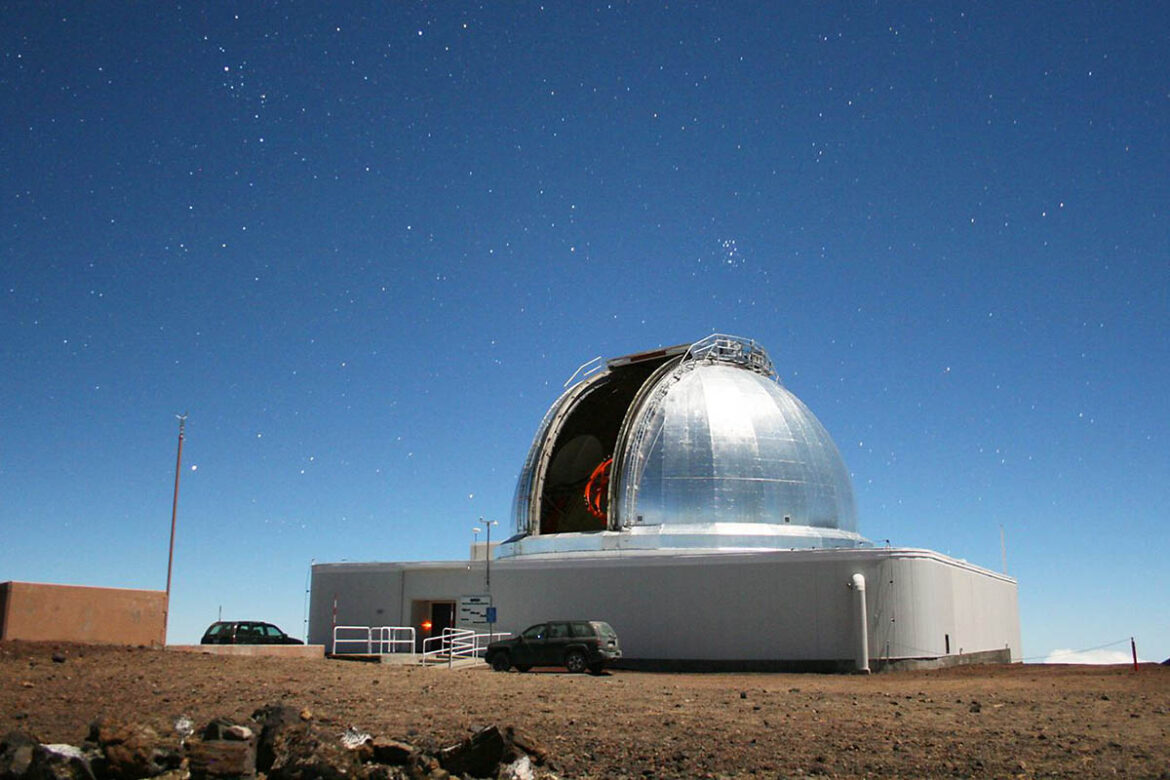The NASA Infrared Telescope Facility (IRTF) is a world-class astronomical observatory designed to conduct cutting-edge infrared astronomy from Mauna Kea, Hawaii. The IRTF is operated by the University of Arizona on behalf of NASA. The telescope has a 3-meter primary mirror and a suite of sophisticated instrumentation that allow it to obtain images and spectra of astronomical objects with unprecedented sensitivity.
The IRTF’s scientific goals include studies of star formation, protoplanetary disks, extrasolar planets, comets, asteroids, galaxies, and cosmology. The facility also supports important programs in solar system science and technology development. In addition to its strong commitment to scientific research, the IRTF has an active public outreach program that includes educational workshops and observing opportunities for amateur astronomers.
The IRTF was built in 1979 and began regular operations in 1984. It has been extremely successful in achieving its scientific goals, producing numerous groundbreaking results over the past three decades. Some of the most notable achievements include:
• The discovery of extrasolar planets around young stars using the technique of direct imaging (Gizis et al., 2002; Liu et al., 2004).
• The first detection of water vapor in an extrasolar planet atmosphere (Charbonneau et al., 2005).
• High-resolution imaging and spectroscopy of circumstellar disks around young stars (e.g., Padgett et al., 1999; McCabe et al., 2006).
• Comprehensive studies of comets, including coma composition and dust production rates (e.g., Wooden et al., 2000; A’Hearn et al., 2005).


